It embodies the idea that customers want to engage with businesses they have a relationship with.
Offer the opportunity to get to know your customers, and they will want to get to know you.
Spend precious time and money interacting with the right audience.
Customers will trust your organization tosolve their immediate needs, as well as future ones.

The transition from traditional to inbound marketing is a process - but the change in
approach can reap huge benefits for your organization!
This guide will help you understand today's customer and why the need a different experience than what traditional marketing offers.
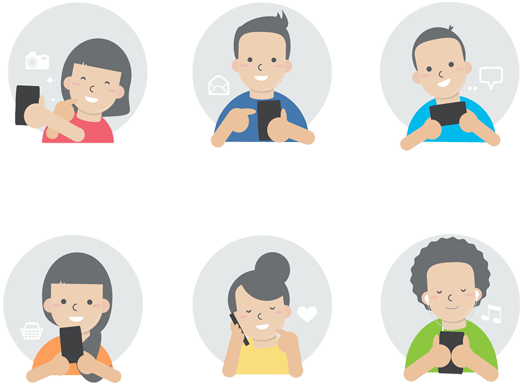
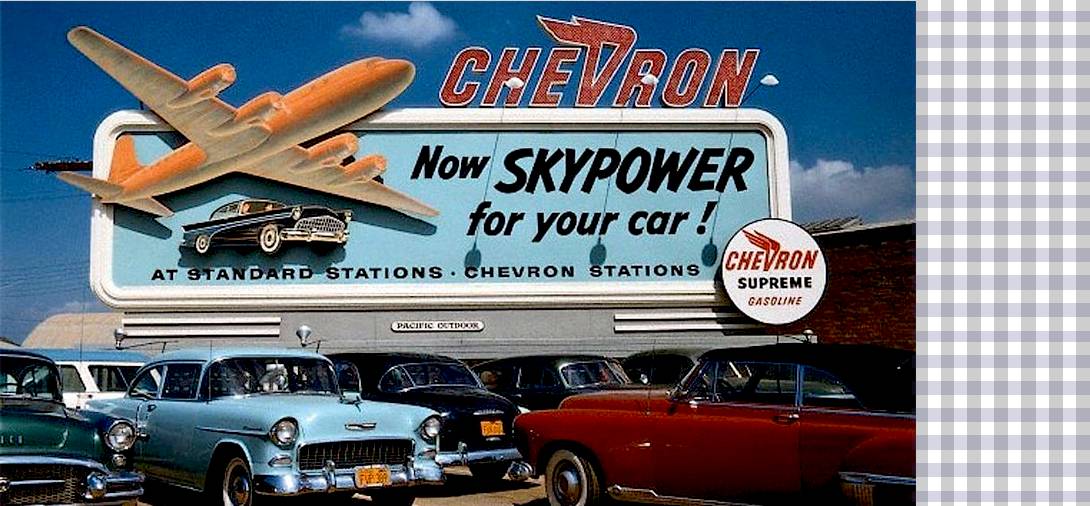
Giants such as Sears & Roebuck and JC Penney interacted with their customers by mailing catalogs filled with solutions to every problem of the day. What the customer though, felt, or needed was of little consequence. Surely a solution would be in their massive supply chain somewhere!
When consumers had only a handful of choices, their individual voice was of little consequence to these titans of commerce. As time has progressed, the traditional approach to the consumer has evolved in method.
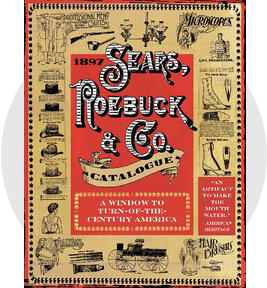
The objective however, hasn't changed. The marketing is disruptive. It's not customer-friendly. Instead of meeting the customer where they are, companies expect consumers to build their lives around the company's schedule and objectives.
This is the wrong way to build strong, customer-focused brands. We realize this now.

These methods aren't the best approach anymore! A catalog, billboard, video ad, or search result isn’t enough to attract today’s consumer. Now, they have all the power. They can search for answers to their own problems. They don't want to be bothered!
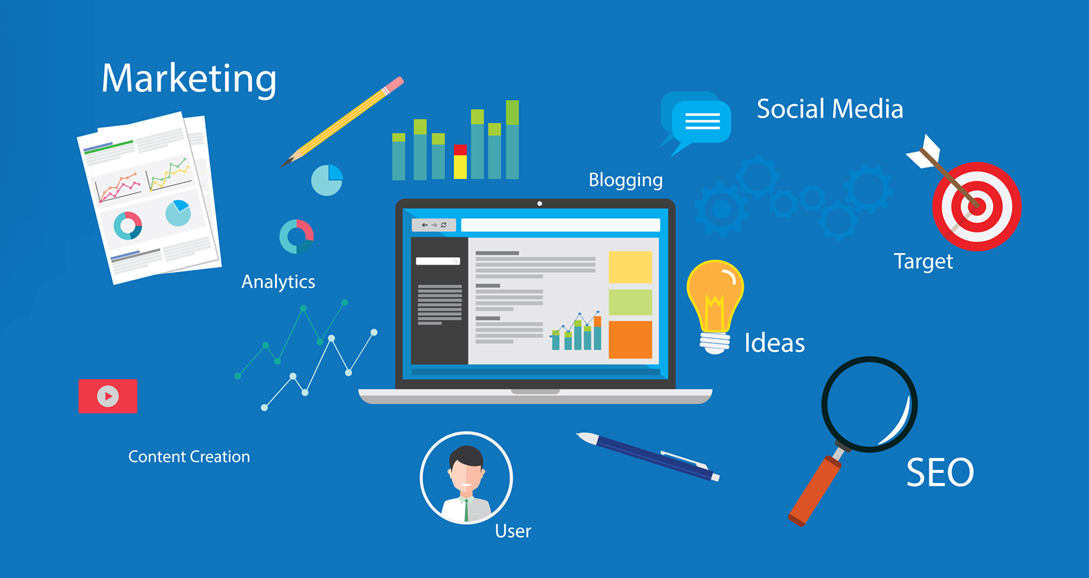
You need to listen. You need to inform. You need to become something of value. Otherwise, customers will move on the next option! Consider these statistics on modern buyer behavior:
have stopped communicating with a company because their promotions or messages didn't provide them any value.
are likely to switch brands if they find thepurchasing process too difficult.
will never do business a company againafter one negative experience.
Customers in our modern world want to know who they are doing business with.
Billboards, magazine ads, and video spots can convey this to an extent, but it’s just not enough. That’s why traditional marketing is indeed an outdated strategy. It will always have a place, just more so in the way that you have a fancy dish you only take out of the cupboard on special occasions. It’s not for everyday use!
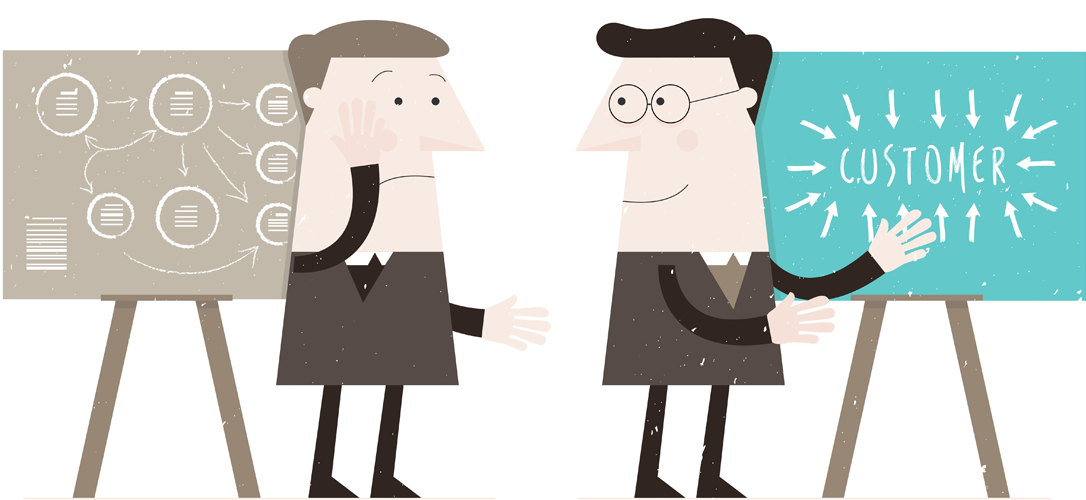
Inbound is a better way to market, a better way to sell, and a better way to serve your customers. It puts the customer first - making sure you're the answer to the problem they face. Customers aren't won by disrupting their life, it's won by placing yourself in front of an audience that needs you.
What does inbound marketing look like? It's different than a traditional approach. With this approach, you'll use methods such as:
Inbound marketing is about delivering solutions and opportunities that have a positive impact on people who WANT your help. And you continually grow relationships and build your business by using a continual process of attracting, engaging, and delighting the customer.

As a business owner or a marketing professional, you may have some questions about making the switch, and that’s okay! We believe the research and results stand on its own.
Inbound marketing is not for the faint of heart. Implementing this approach takes a commitment to continual training and development and a steady investment of financial resources. It’s important to take the time to make sure the right fit is there before jumping in with both feet!

This change needs ripple across your entire organization.
There are beginning steps you can take, such as developing a company purpose, training your staff on the inbound methodology, and aligning your sales and marketing teams for unified efforts. The goal is to start!
As an influencer in your organization, you need to be the guide towards a better way to experience growth. You're on the right track by reading this page! So let's lay out concrete steps you can take towards implementing an inbound marketing strategy at your organization.

To sell to your customers, you need to know them.
So how well do you know your audience? You may have some information that you’ve gleaned from forms, conversations, and purchase information. Now you need to organize it so you can use this data effectively. That’s where something called a buyer persona comes in.
Buyer personas (also called customer profiles) are fictional, generalized representations of your ideal customers. They embody all the information you need to truly know how to reach a specific type of consumer. In short, they help you understand your audience. This persona will drive how you create your content, the products you create, your sales strategies, and any other function that relates to attracting and retaining customers. Don’t worry though. Creating a buyer persona is easier than it sounds!
Buyer personas can be built through gathering data you already have and creating opportunities for your audience to share even more information about themselves. Once you've completed the data-gathering process, it’s time to take all that feedback and look for patterns and trends. Your goal is to create at least one buyer persona from the information you synthesize.

A 2017 report from Forrester Research stated 71 percent of consumers begin their journeys by using a search engine to discover new products and services (initiation), and 74 percent reported using a search engine for consideration and purchasing (research, comparison, transaction).
To put it simply, if you want your content in front of potential customers, you need to optimize it for search engines!
Too often, companies make the mistake of producing content no one cares about. People ask questions to search engines nowadays (Google? Did I leave the stove on?) which are known as keywords. Keywords are the specific terms search engines look for to pull up relevant results. If you search for best pizzas in Springfield, content using the terms “best+pizza+Springfield” will be the first results to show up.
And guess what? There are tools to tell you what the most popular keywords are. You just need to know where to look!

Inbound marketing is all about attracting an audience by presenting audiences with useful, valuable information - on their schedule. It’s organic, non-intrusive, and helpful. It’s designed for businesses to genuinely develop a relationship with the consumer and build trust in doing so (Hubspot).
The inbound philosophy of "attract, engage, and delight" helps your business grow faster and achieve long-term success.
As technology shifts, inbound marketing strives to do business humanly and helpfully. It’s a better way to market, sell, and serve your customers. When good-for-the-customer also means good-for-the-business, your company grows better for it. Let's look at
The initial step in the process is to attract customers and followers. Inbound strategies that attract your audience are rooted in content creation and development.
It’s crucial that you position your business as valuable. What is something your buyers need that you can provide them? What does their current situation probably look like right now? What are the products they’ve been looking for that you can offer? What information can you deliver through your expertise?

The hope with inbound marketing is that once you’re able to attract an audience, you can inspire them to invest in you. Once they’ve developed an interest in starting a relationship with you, work to gain their trust. Work to answer their questions about who you really are and why your product or service is different than that of competitors. What's your pricing structure? What do existing customers have to say about you?
The "engage" stage is all about letting the customer know what makes you different.
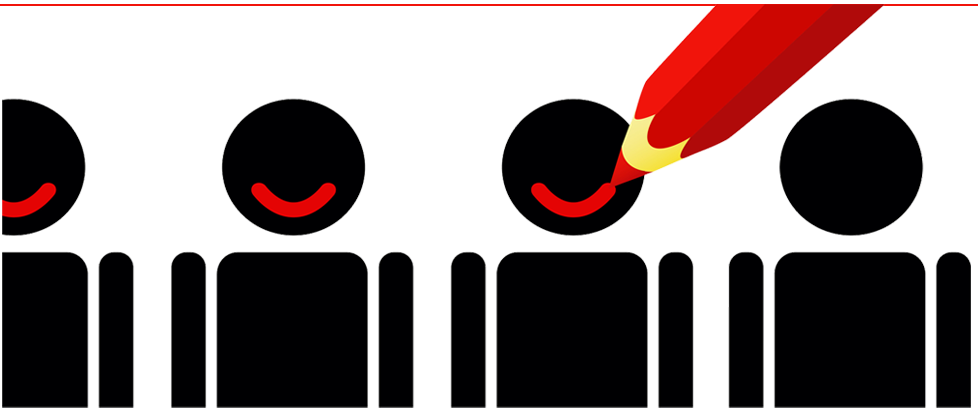
Delighting the customer is all about making sure their entire experience is positive - from beginning to end. The two cornerstones of a happy customer are support and opportunities for feedback. Incorporate these two in a timely manner and you'll build an army of loyal brand advocates!
Use chatbots and social media-based customer support to be available to your audience 24/7. Send them surveys and opportunities to share their experience on a regular basis. Show you're listening and constantly improving.
In order to plan, present, and track your inbound marketing efforts, you'll need a digital tool to bring it all together. At Rizen, we recommend Hubspot. What is Hubspot?
This platform offers a complete solution for marketing, selling, and building relationships with customers.
It’s customer relationship management (CRM) at its fullest. You can use just one piece (say you’re just interested in the marketing features) or you can combine them all. Scale as your business needs and still enjoy a robust software experience. These are user-friendly growth tools at their finest.
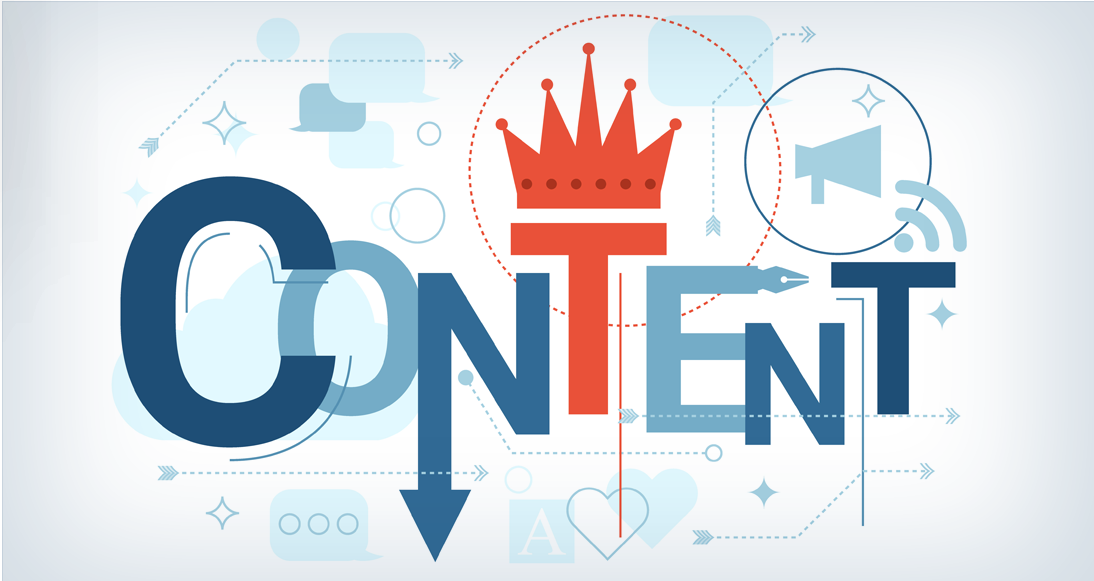
Whether it’s blog posts, videos, infographics, or case studies, a successful marketing strategy relies on an organized, diverse, and targeted plan to reach a specific audience.
In order to understand the importance of content creation to your business’s success, we need to step back and understand how people search for products and services nowadays. Customers hold all the power now thanks to the internet. They don’t need salespeople to find out how a product or service works, or how other people feel about it. It’s all at their fingertips.
In fact, in a 2018 study from research firm Fleishman-Hillard found that 89 percent of consumers turn to Google, Bing or another search engine to find information on products, services or businesses before making purchases.
That means you need to change how you reach customers! Learning how to create and structure your content is so important because you need search engines to like it! You want to be on page one to catch someone’s attention.
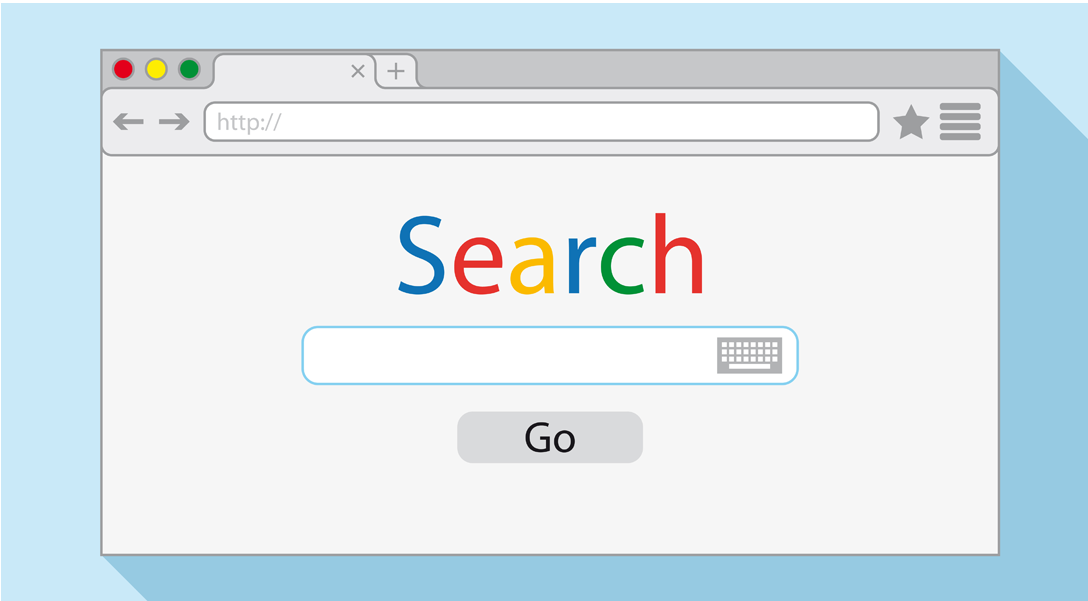
And search engines are getting smarter every year. They have to! Most recent estimates are that 1.2 million terabytes of data are indexed by Google. Because of this, Search engines are being forced to better organize and showcase content they think would be helpful to the searcher.
Let’s take a look at how Google has changed in just a short amount of time.

What is keyword stuffing? That was when annoying marketers tried to fit as many instances of a keyword as possible, not using the term organically. It created a lot of content that wasn’t helpful to consumers.
What is that you ask?
Semantic search uses machine learning to understand the context of a search term instead of just using literal word matches. So if you type in “new clothes for girl baby” Google would now match you with any sites who offered new clothes for baby girls, even if they didn’t use that exact keyword.
If websites adopted protocols like https and SSL, they would get a search results boost! This seems standard to us now as most online merchants use these tools, but in 2015 Google was responsible for their adoption.
Any websites lacking mobile versions or who had poor mobile usability were penalized in search results. Mobile versions of websites are commonplace now, but Google pushed its adoption by adding this adjustment.
The closer you were to a business’s address, the more likely you would see it among local results. This was the year you could type in “pizza places near me” and get helpful search results!
If you published blog posts solely for displaying ads or getting clicks, you would rank lower in search results
Your quality content can be found!This means if you learn how to create and organize your content, you’ll end up in front of people who are looking for products and services like the ones you offer! Inbound is all about being a helpful guide to your customers. Your content can do the same.


At Rizen, our main goal is to remove the mystery of marketing and replace it with clear strategies and results for our clients. A client we know. A client we help truly grow.
Since 2014, Rizen has been exactly the kind of company we’ve wanted to build all along. We know our clients by name, we help them grow long-term, and we help them really connect with their customers. We’re choosy about who we work with and we make sure to emphasize quality over quantity in everything we do.
With a dedicated, multi-talented staff and a strong presence in multiple countries, we’re using the inbound methodology to provide complete and effective marketing, sales, and training strategies for our clients.
Our clients can attest to the positive results we've helped them achieve.
We promise you we’ll always take your success personally. Begin a conversation with us about your needs by filling out the form below.
Schedule a free, no-pressure call with us today to discuss your business challenges. We’re here to help!